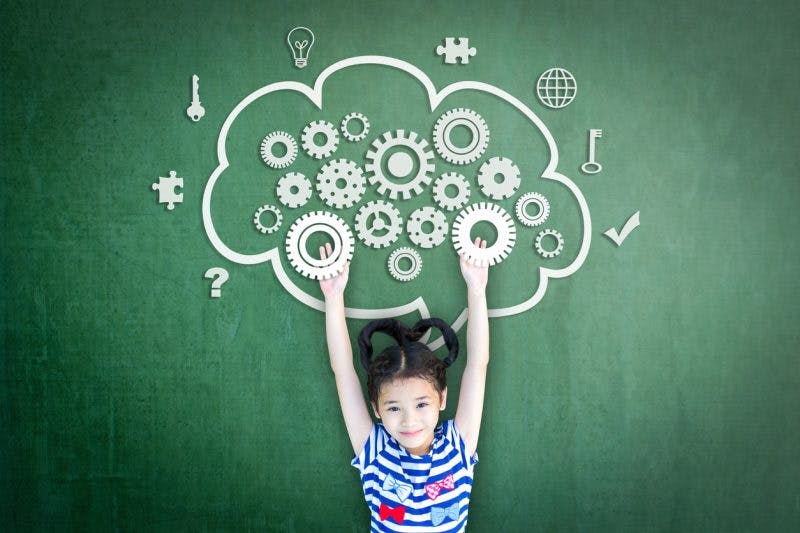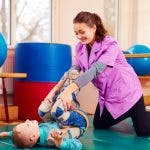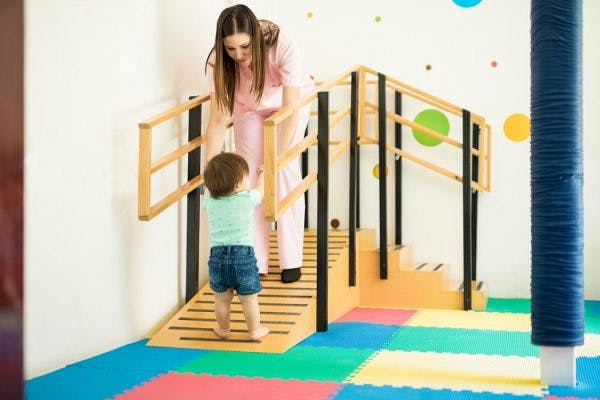Ever heard of neuroplasticity? If you or a loved one has a neurological condition like cerebral palsy, understanding neuroplasticity is essential for improving movement and function.
In this article, we’ll explain:
- what neuroplasticity is
- how children with cerebral palsy can improve their movement
- how neuroplasticity affects child brains vs adult brains
Understanding Neuroplasticity and Cerebral Palsy

Cerebral palsy is a motor disability that is caused by damage to the brain before or during birth, or in early childhood.
While the brain damage itself cannot be healed, it also will not get worse over time.
Fortunately, neuroplasticity is the brain’s ability to adapt and rewire itself so that functions affected by brain damage can be reassigned to healthy areas of the brain.
As children get older, their brains will get larger, but the areas of the brain affected by damage will stay the same size.
Dr. Karen Pape explains in her book, The Boy Who Could Run But Not Walk, that the proportion of brain damage to healthy brain matter will shrink, which increases the potential for functional improvement.
Using Neuroplasticity to Replace Bad Habits
Functions affected by brain damage can be replaced through neuroplasticity.
The best way to promote neuroplasticity is through task-specific repetition.
The task must be new (to activate a new set of neural pathways) and challenging (to engage the individual and motivate them to perform lots of repetitions).
Dr. Pape explains how “without novelty and challenge, well-established habits always dominate. “
The more you repeat a new task, the stronger the neural pathways get, and the more instinctive the behavior becomes.
For example, Dr. Pape reveals that it’s common for children with cerebral palsy to run better than they walk. Although these two tasks are very similar, they’re learned in different periods of brain development and are controlled by different sets of neural pathways.
Check out Dr. Karen Pape’s TED Talk to discover more about her experiences with neuroplasticity in children with cerebral palsy.
Factors that Affect Neuroplasticity in Children with Cerebral Palsy
Neuroplasticity is essential for learning new skills and creating better habits.
In the following sections, we’ll go over 3 factors that can significantly affect neuroplasticity in individuals with cerebral palsy.
1. How Long the Maladaptive Habit Has Been Established
Once a movement pattern has become a habit, it is extremely difficult to replace.
If your child has been walking with an abnormal gait for years, this habit is heavily embedded in the brain.
Generally, the longer a habit has been practiced, the more time and practice it will take to replace it.
You need to practice the new movement pattern enough that it becomes more instinctive than the maladaptive pattern.
2. Form
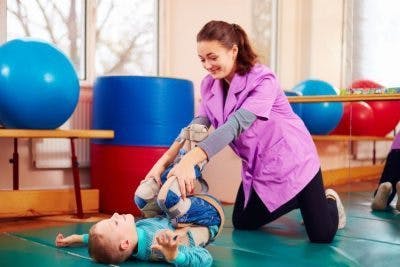
Many parents get overly excited when their child starts to walk, so they encourage their child to keep walking, even with an abnormal gait.
They figure that their child will learn how to correct it later and that any kind of walking is better than not walking at all.
Remember what we said earlier about maladaptive habits?
The more your child practices walking incorrectly, the stronger the neural connections for that movement become, and the harder they will be to replace.
Instead, parents should seek management for their child’s abnormal gait as soon as they notice it.
Of note, when babies learn to toddle, they typically will walk unsteadily and with a widened stance due to poor balance. However, this generally corrects itself by around 18 months of age, when most toddlers are able to walk well. If you have any concerns with your child’s gait, discuss it with your child’s pediatrician or physical therapist.
Early intervention is key for correcting form and preventing abnormal gait patterns from becoming habits.
Wearing orthotics can help promote correct form and improve body alignment as children grow.
3. Brain Maturity
Dr. Pape also explains how brains can take about 3 to 4 years to recover from damage.
This becomes problematic because babies “have to learn movement patterns at the same time that the brain is recovering.”
Once brain damage has recovered to whatever extent it can, it will not progress or worsen. New connections cannot be formed in this area of the brain.
In contrast, healthy areas of the brain will continue to mature and make new neural connections.
This is when children with cerebral palsy can work on rewiring their brains by exploring new ways to perform the repetitions they need to make functional improvements in their movements.
Neuroplasticity in Children vs. Adults
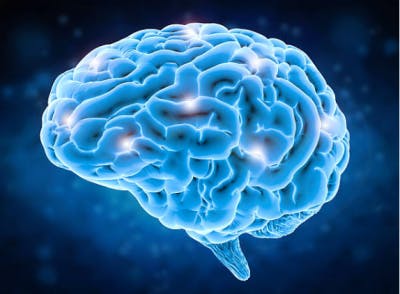
Children’s brains have more neuroplasticity than adult brains because they have so much more to learn.
Children’s brain cells (and especially those of babies and toddlers) are continuously forming new pathways for communication.
Meanwhile, while adults are still capable of forming new neural pathways, their brains have already “pruned” away many less frequently used communication paths in favor of strengthening more commonly used pathways.
This makes it much easier for children to learn new habits than it is for adults.
However, it’s important to understand that neuroplasticity never completely goes away and that even in adulthood, increasing functional gains is possible.
As long as you’re willing to put in the work and consistently stimulate the brain through massed practice, the brain will react and adapt.
Thousands of repetitions are necessary to promote neural changes in the brain, so be patient, keep practicing, and trust in the process.
Neuroplasticity and Cerebral Palsy: Key Points
Neuroplasticity can help individuals with cerebral palsy improve motor functions caused by damaged areas of the brain.
The brain is extremely adaptive and thanks to neuroplasticity, functional improvements are possible at any age.
The more you practice task-specific, high-repetition movements, the stronger the neural pathways for new movement patterns will become.
Those new movement patterns will eventually get so heavily embedded into the brain that they’ll replace the maladaptive ones.
Neuroplasticity creates hope and can greatly improve the quality of life of individuals with cerebral palsy.
